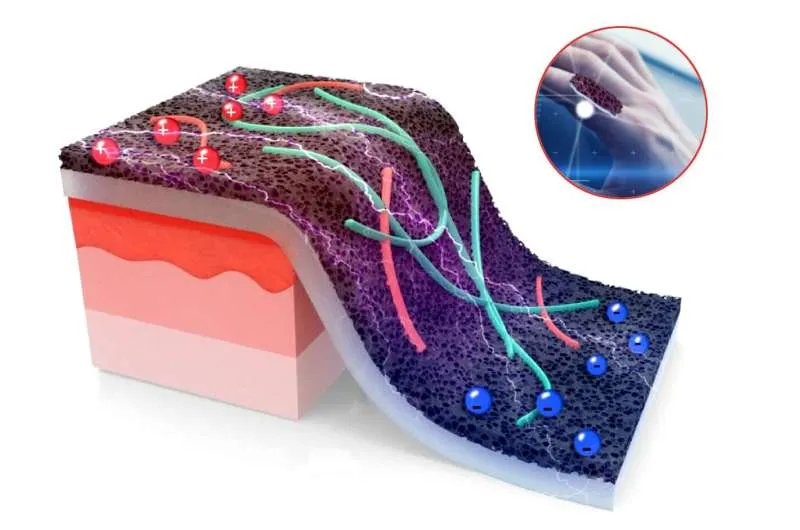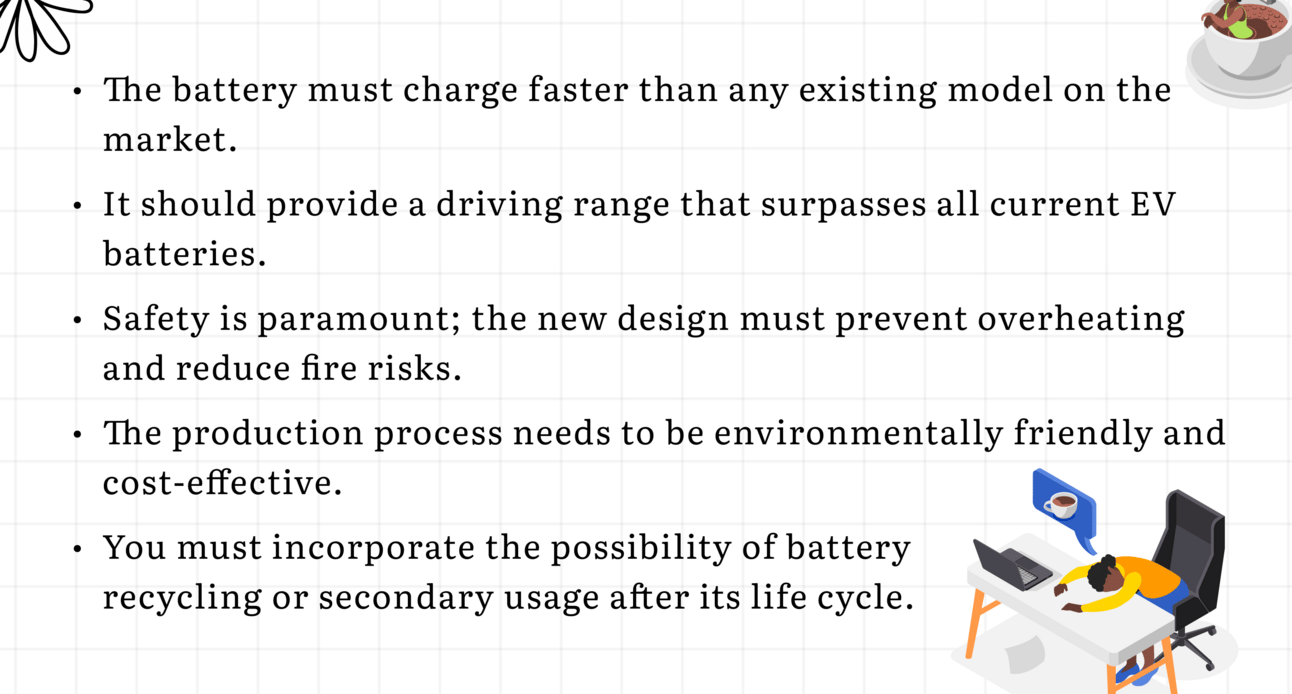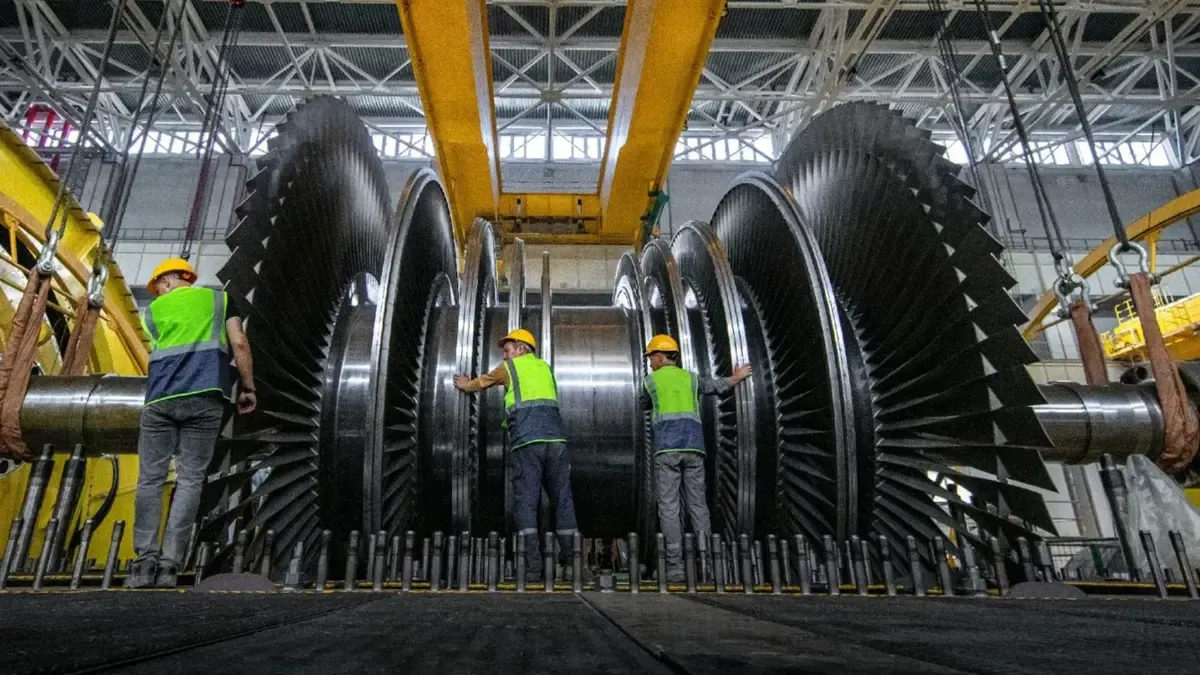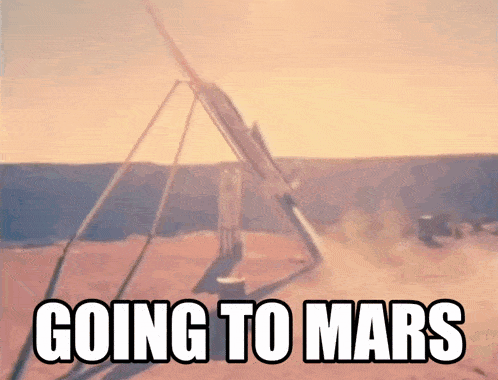need bandage?
think about it - right now

Hey folks,
Welcome to the not-so-nerdy (but nerdy) This Week in Engineering’s newsletter - formerly known as Engineer’s Espresso!
Want to go to MARS in 30 days?

Been reading about this new sensor tech from Penn State, and it's probably the first "smart" medical thing that doesn't sound like complete overkill.
They've figured out how to make these super-thin sensors that can actually tell the difference between heat and pressure - something that's been a huge pain in the ass for wound monitoring.
They used this thing called laser-induced graphene (LIG), which is basically just graphene they "write" onto plastic or wood with a laser. While messing around with it, they discovered it had this weird property where it can generate its own power from temperature differences. No batteries, no charging - it just works.

The real breakthrough is this sensor can stretch up to 45% and wrap around pretty much any surface while still working perfectly. It's sensitive enough to pick up temperature changes as small as 0.5°C. For context, that's exactly what you need to catch inflammation early in a wound.
What gets me excited is how practical this could be.
Think about it - right now, doctors basically have to unwrap bandages to check if a wound is healing right. With this, they could just check their phone to see if there's unusual heat (inflammation) or if the wound is moving wrong (which could mean it's not healing properly).
They're working on making it all wireless too, so doctors could track healing remotely. None of that "come back in two weeks and let's see how it's doing" BS - they'd know right away if something's wrong.
This is the kind of medical tech I can get behind.
No buzzwords, no overcomplicating things - just solving a real problem in a way that actually makes sense. Plus, since it powers itself, there's no extra hassle for patients or doctors.
It'll be fascinating to see how this technology develops and where it ends up being deployed first.

Imagine you're a lead engineer at an innovative tech firm, and you've been given the green light to develop a groundbreaking electric vehicle (EV) battery. The stakes are high, and the company is aiming to leapfrog the competition with this new product.
During the preliminary design meetings, you and your team have outlined the following key objectives and constraints:

As the project lead, which development path would you recommend to tackle these ambitious goals?
Your Innovative Idea: What approach would you suggest?
Are you ahead of the curve on these tech innovations?
Drop me a line!

⦁ Porous plastic sheets can cool buildings by radiating light to space
⦁ Specialized sponge can suck up stormwater pollution
⦁ Solar homes shine in summer, struggle in winter blackouts

Listen, space travel is painfully slow right now. Took Perseverance like 7 months to reach Mars. But Russia's Rosatom just dropped some news - they've built a plasma engine that could cut that trip down to 30 days.
Instead of burning fuel like regular rockets, this thing uses plasma - basically supercharged particles - pushed by magnetic fields. They're using hydrogen as fuel and accelerating it to 100 km/s. That's not a typo. Regular rockets top out at like 4.5 km/s, so we're talking about something 20 times faster.
The really interesting part?
They've already built a working prototype. It's not just some paper theory.

This engine cranks out about 300 kW of power and can run for over 2400 hours - exactly what you'd need for a Mars trip. They're even testing it in this massive 14-meter chamber that mimics space conditions.
Here's why this matters: faster trips to Mars are about more than convenience.
The less time astronauts spend in space, the less radiation they're exposed to. Plus, imagine being able to move cargo between planets in weeks instead of months. Changes everything about how we think about space travel.
There's a catch though - they still need regular rockets to get into orbit. This plasma engine kicks in after that. And we won't see it in action until 2030 at the earliest. But still, this is the kind of breakthrough we've been waiting for in space travel.
What I find crazy is how they solved the heating problem.

Usually, plasma gets insanely hot, but they figured out how to do this without overheating the engine parts. Almost all the electrical energy goes straight into motion. That's just smart engineering.
Other folks are working on different ideas - like water-powered engines and light sails. But this plasma engine? It's the first one that feels like it could actually work in our lifetime. Guess the space race isn't over after all.

- Senior Infrastructure Engineer - Danaher
Build the backbone of tech—or watch it collapse under bad WiFi. - Electrical Engineer III - Honeywell
Shock the world—or just yourself if you’re not careful. - Sr. Control Systems Engineer - Shell
Control the system, before the system controls you.
Want to list your job with us?
Throw a job on me
Well, we’ve reached the end of our techno-marathon, and I hope your brain isn’t too fried from all the science seasoning we sprinkled on today. From smart bandages that probably have a higher IQ than my ex to a plasma engine that could zip us to Mars before you can say "red planet road trip," we’ve covered some ground!
If any of this tech talk made you spit out your coffee in surprise or nod in nerdy approval, why keep all that excitement to yourself? Hit me up. Whether you want to geek out further or challenge some of our wilder claims, I’m all ears and a few typing fingers.
And c’mon, who hasn’t fantasized about bossing it up on a big tech project? If you were the head honcho on an EV battery mission or had the reins to a space rocket, what would your game plan be? Don’t just daydream—let me know! Maybe together we can plot a course to avoid all typical project pitfalls like overbudgeting or undercaffeinating.
Keep your brains sharp and your spirits high. Who knows? Next week we might just discover a coffee maker that also manages your calendar or a robot that does your taxes.
P.S. Thinking about advertising with us or need to fill a position that requires avoiding electric shocks or not collapsing under pressure? Let’s chat. We’re kinda the LinkedIn for the left-brained.